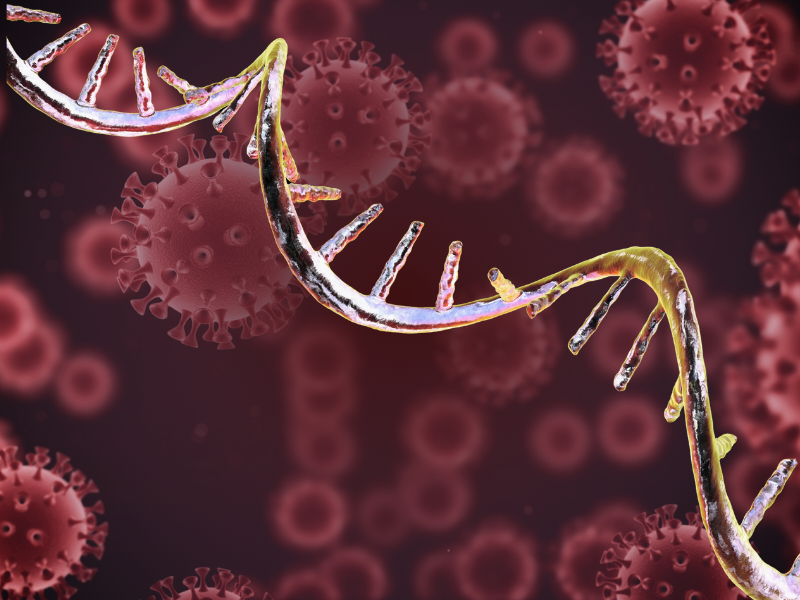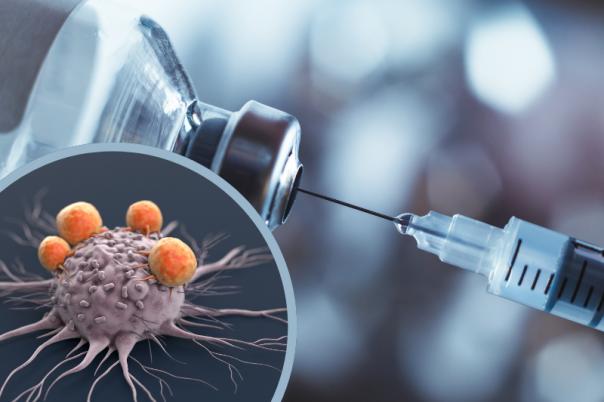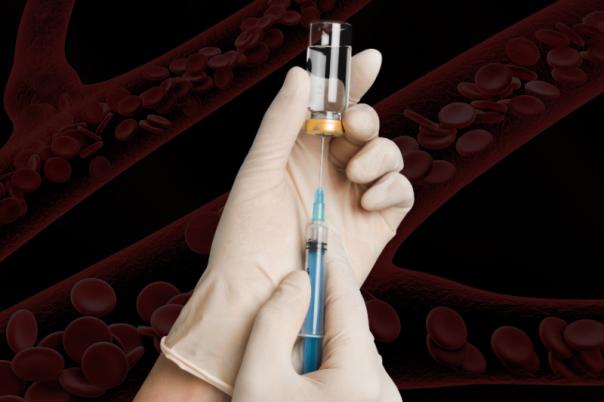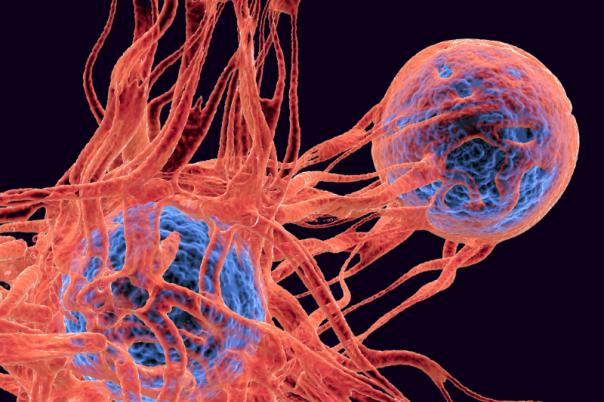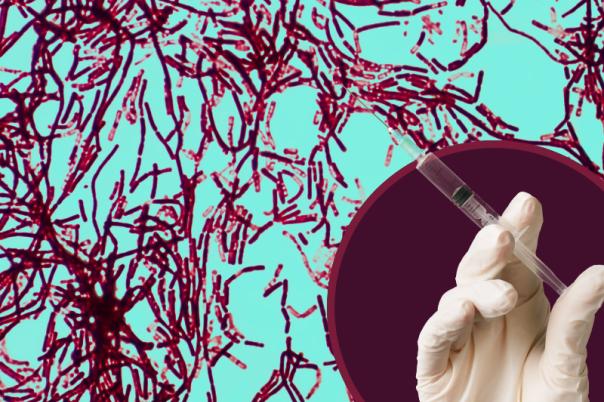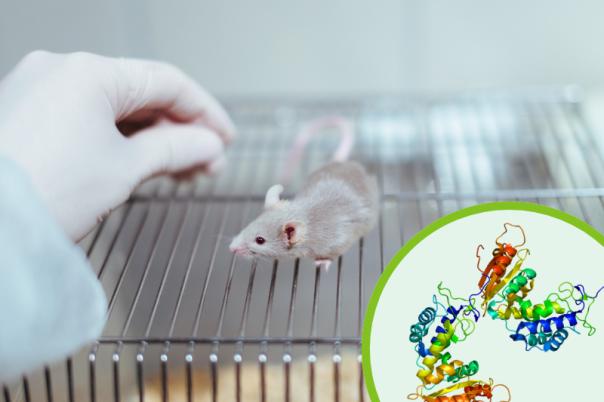A phase I clinical trial investigating a potential vaccine strategy against HIV infection, has reported significant updates regarding the generation of antibodies against the virus. The trial, conducted in the US, South Africa and Rwanda, examined a method for producing broad immunity against multiple virus strains.
The proteins that coat human immunodeficiency virus (HIV) are incredibly varied between strains, which makes the development of a vaccine against the virus difficult. A traditional vaccine against HIV would potentially only effective against one particular strain at a time.
However, some patients have been able to produce rare broadly neutralising antibodies (bnAbs) which are able to counteract many HIV forms. A vaccine which is able to stimulate the production of bnAbs has the potential to provide full protection against HIV.
This study investigates a vaccine strategy potentially able to produce this broad anti-HIV response. It involves a primer which stimulates the immune system to produce bnAb precursor B cells, and then later using multiple boosters containing a sequence of HIV protein forms to get those cells to produce the right antibodies.
Back in May, the primer was given to participants in the clinic, which reported encouraging results in Science Translational Medicine.
Now, in an update to the trial, the team has reported successful results from the first booster which delivered a subsequent HIV protein form using mRNA. They found that 80% of the participants produced HIV-protective antibodies.
Furthermore, corresponding author on the paper, William R. Schief, told The New Scientist that the use of mRNA technology may make it possible to deliver the vaccine in a single dose, due to its ability to code for multiple viral proteins at a time. The technology also allows for the delayed translation of certain encoded proteins.
He said: “Ideally one would receive a single vaccination and some of the material wouldn’t release until later.”
Unexpected adverse events
However, a higher than expected number of participants who received both the primer and the booster went on developed urticaria, or hives. This has not been seen in non-mRNA HIV vaccines, nor other mRNA vaccines, meaning that this particular side effect is unique to the novel strategy. For the time being, scientists don’t know what is causing this reaction, supporting the need for further research.
